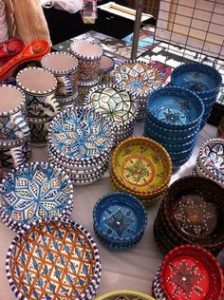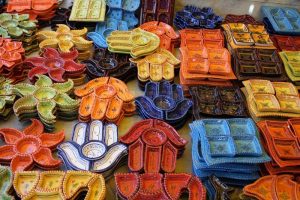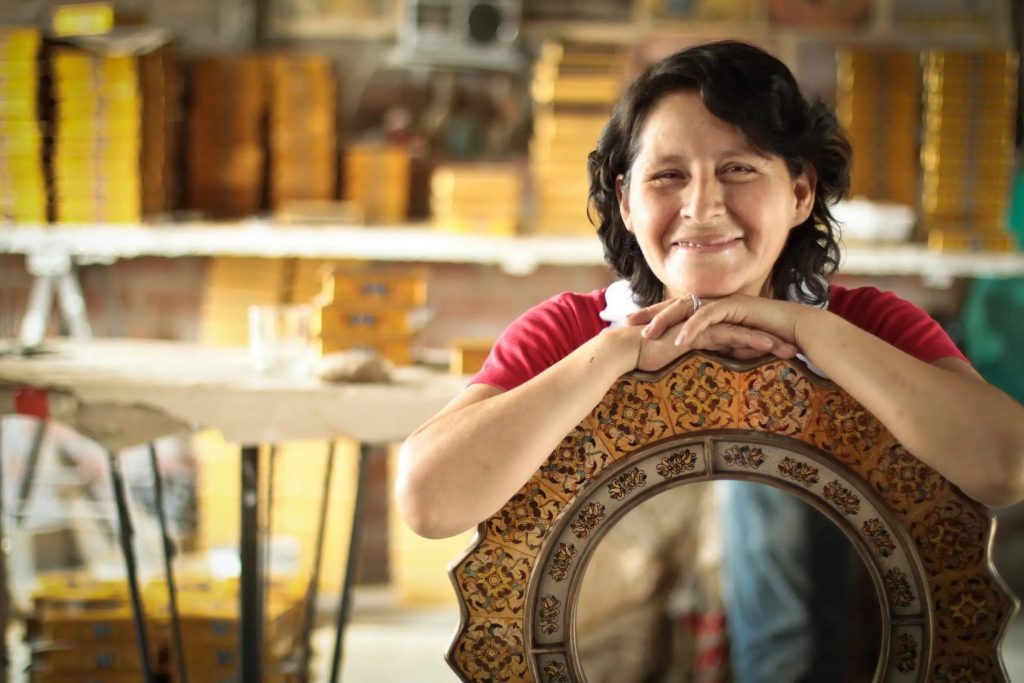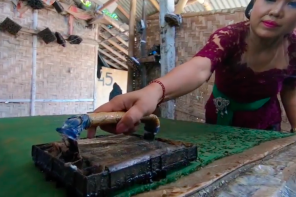For hundreds of years, glazed ceramic bowls have been handcrafted by artisans, on the Mediterranean shore of Northern Tunisia. The little coastal town of Nabeul, in the heart of the ceramic creation region, is home to a contemporary ceramic studio that uses techniques and conventional materials to create the beautiful pieces featured in the Tunisian Ceramics Group of National Geographic. First settled by The Greeks in the 5th Century B.C., Nabeul had acquired notoriety for its ceramics sector by the Roman age.

Artisans use the same techniques to handcraft their pieces now that were used over 2,000 years ago. These are techniques that were developed and passed onto them by their ancestors of years past. The technique they use to create bowls and dishes involves pressing the ceramics. While round pieces like bowls and plates are formed using a hand gauge, hollow pieces like pitchers are hand formed on a modelage or knitter’s wheel. Exceptional contours are created in larger pieces, which are made utilizing a press form.

The rough ceramics, named bisques, are subsequently heated in an oven at 1,870 degrees Fahrenheit for about 14 hours. After the ceramics are heated on the fires and before any of the wonderful art can start to form, a glaze is added and the piece is left to dry. Each piece is hand painted by a team and they implement a technique to add level and depth by applying color. Once the graphics and final glazes have been added, the ceramics are heated for 12 more hours, and are cautiously loaded in the kiln in order to not touch each other.
UNICEF Market offers many great ceramic bowls from around the world. You can see our availability here.




